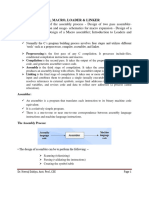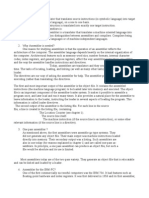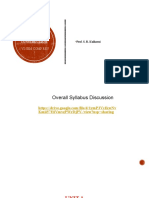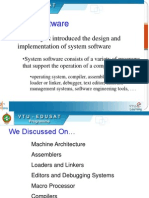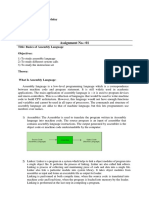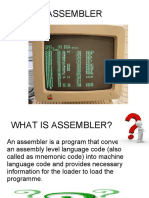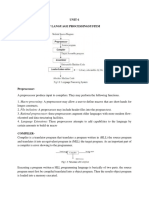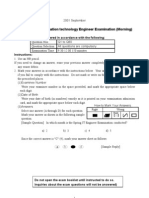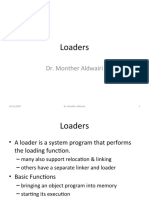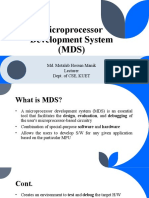0% found this document useful (0 votes)
15 views14 pagesMP Unit 4 Notes
The document provides definitions and explanations of key programming concepts including Compiler, Interpreter, Assembler, Linker, Loader, and Macro. It details the functions and differences between compilers and interpreters, as well as the structure and elements of assembly language programs. Additionally, it discusses the types of assemblers, their pass structures, and the various types of loaders and linkers used in programming.
Uploaded by
purvikajagtapCopyright
© © All Rights Reserved
We take content rights seriously. If you suspect this is your content, claim it here.
Available Formats
Download as PDF, TXT or read online on Scribd
0% found this document useful (0 votes)
15 views14 pagesMP Unit 4 Notes
The document provides definitions and explanations of key programming concepts including Compiler, Interpreter, Assembler, Linker, Loader, and Macro. It details the functions and differences between compilers and interpreters, as well as the structure and elements of assembly language programs. Additionally, it discusses the types of assemblers, their pass structures, and the various types of loaders and linkers used in programming.
Uploaded by
purvikajagtapCopyright
© © All Rights Reserved
We take content rights seriously. If you suspect this is your content, claim it here.
Available Formats
Download as PDF, TXT or read online on Scribd
/ 14



